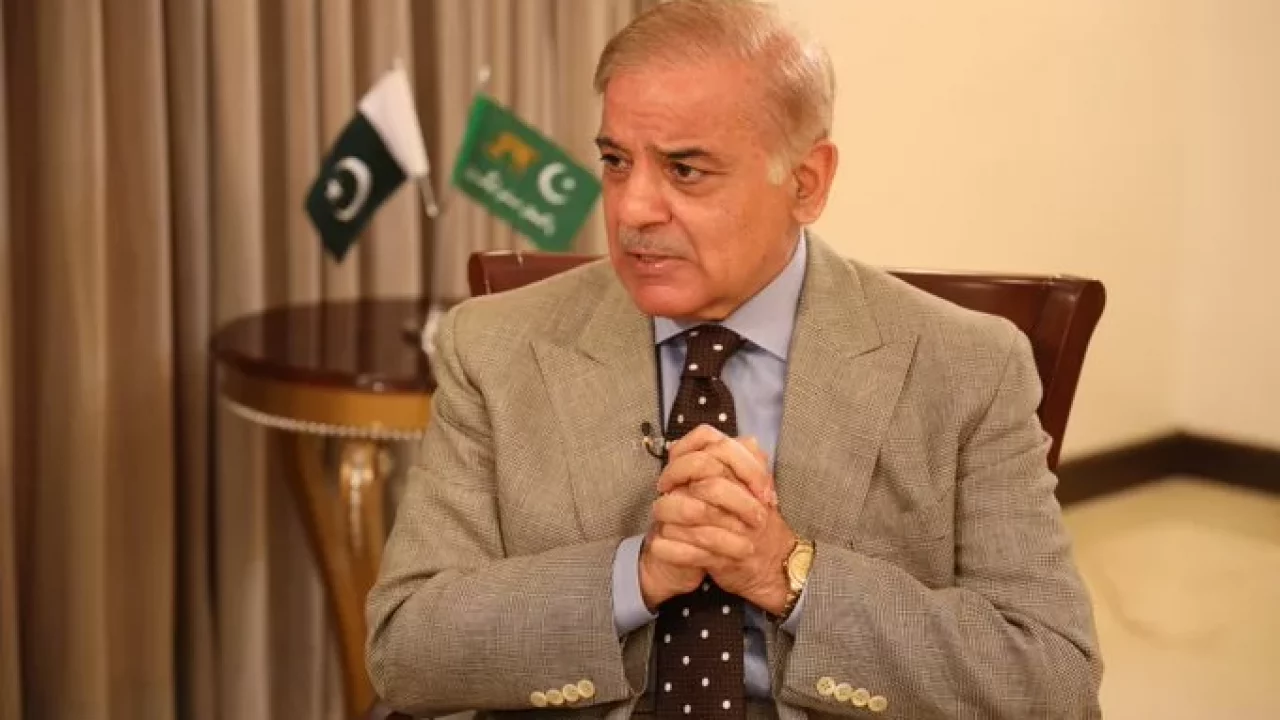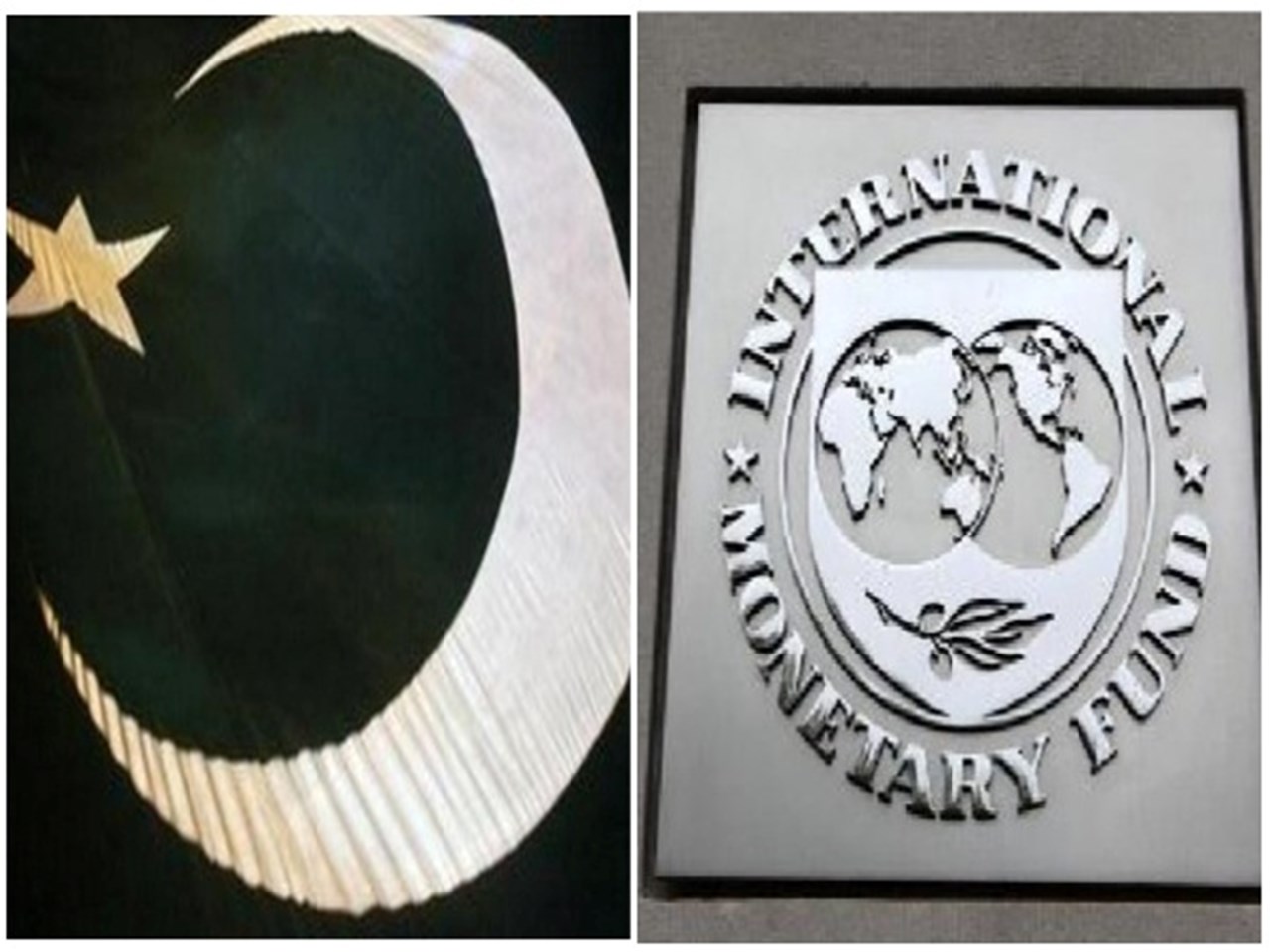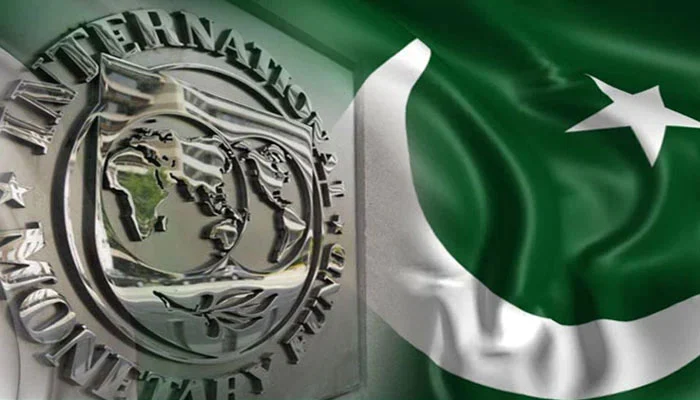Constant loan rollovers have ‘technically’ resulted in Pakistan’s default.

Pakistan, which is experiencing its greatest economic crisis and will owe $73 billion in repayments by 2025, would need to make “difficult” decisions to restart its economy and avoid just navigating through one crisis after another.
Although Pakistan has not formally defaulted, locals said that due to ongoing rollovers of loans from countries like China, Saudi Arabia, and the United Arab Emirates, among others, Pakistan has already done so.
The cash-strapped nation is now dealing with several issues, such as soaring inflation, a falling currency, and food scarcity. The State Bank of Pakistan, the country’s central bank, now has $4.6 billion in foreign exchange reserves, which is just enough to fund one month’s worth of imports. By 2025, the nation will have to repay $73 billion.
The journal emphasized that Pakistan’s mismanagement is what led to the current scenario and that “difficult decisions have to be taken if Pakistan wants to be seen as a nation that takes responsibility for its actions in the world. According to Pakistan Defense, a platform that offers news and analysis about the nation’s defense, strategic affairs, security concerns, and military affairs, the insulting term “international basket case” may more accurately describe Pakistan today than when it was used to describe Bangladesh in 1970. Pakistan has been surpassed by Bangladesh in terms of both its economy and quality of life.
According to an expert who spoke with India Narrative, Pakistan has always placed its attention on “items that have little influence on the economy.” Deep-seated corruption, a culture of denial, political unpredictability, and an obsession with Kashmir, he added, have all contributed to the situation, as has the military’s power. In stark contrast, Bangladesh has prioritized the economy, human development, and eradicating terrorism under Prime Minister Sheikh Hasina.
The focus has been on jobs, education, and the general economy, according to Syed Badrul Ahsan, a renowned writer, and novelist from Bangladesh. “Strong leadership has made the difference,” he added. Since 2019, there is no longer any commerce between Pakistan and India. Industrialists in Pakistan have emphasized the importance of expanding commerce with India, but India’s political class has not budged because of its fixation on Kashmir.
Bangladesh views economic expansion and human development as key to its future. Goals include raising exports, lowering unemployment, enhancing health, reducing reliance on loans and help, and expanding microcredit, according to a 2019 story published by Pakistan’s Dawn. Human development is far behind economic progress in Pakistan. The majority of national efforts are still directed at checkmating India,’ it added.

Pakistan may become bankrupt.
The Express Tribune stated that with more than 8,500 containers still stranded at Pakistan’s seaports, the country’s financial problems had analysts concerned that the country would go bankrupt. In addition to running out of money, Pakistan is also seeing a rise in food costs. Pakistan’s finances are likewise in serious trouble.
On the one hand, importers are unable to clear more than 8,531 containers because of a cash crunch. On the other side, the shipping firms are now threatening to halt operations with Pakistan because it fails to make payments on time. The central bank of Pakistan has pitiful USD 4.4 billion in reserves, barely enough for three weeks of imports, while the estimated needs to clear the containers and pending requests for opening more letters of credit stand in the range of USD 1.5 billion to USD 2 billion, according to industry insiders and government sources, the situation in the country is getting worse.
Pakistan was requesting that the International Monetary Fund issued a loan (IMF). After the recovery, Pakistan’s reserves briefly increased to USD 8.8 billion before falling to USD 7.8 billion once more after Miftah Ismail stepped down as Finance Ministry director. The imports reflect the burden on the economy. A few months ago, the central bank began using administrative restrictions and pressure techniques to block the majority of imports.
The governor of SBP stated last week that they have been resolving 5,000–6,000 cases per month. Since May 2022, 33,000 have been solved. To reduce the cost of imports, several companies that are necessary for the continuance of everyday economic and social activity have been designated as non-essential. The industry continued to temporarily shut down in the meanwhile. Beco Steel Ltd., one of the industries, stopped production till further notice because letters of LCs were taking too long to be approved.
The “severe reductions” in its inventory levels have hurt the supply chain. More than just these sectors have been harmed by the Import Policy Order 2022’s list of non-essential import products; almost 100 additional types of businesses have also been affected.
Pakistan’s widespread power outages illustrate the worsening financial crisis
As the nation of 220 million fought to fulfill past-due payments on energy imports and avert a full-fledged economic collapse, Pakistani officials issued an emergency plan three weeks ago ordering all marketplaces, restaurants, and shopping malls to close early. However, the actions came too little, too late. A rolling wave of blackouts that started in the arid provinces of Baluchistan and Sindh and swiftly expanded to practically the whole country, including the congested metropolis of Karachi, Lahore, and Rawalpindi, occurred on Monday morning due to the overtaxed electrical grid of the nation.
As fuel shortages have been a recurring issue, people have long become accustomed to sporadic electricity disruptions, or load-shedding, which were restored in many locations by late Monday. Similar national blackouts happened twice earlier, in 2015 and 2021. The size of this one, though, surprised me. Hospitals were left in the dark for many hours, textile mills closed, and customers flocked to gas stations to buy generator fuel. The use of cell phones was prohibited in several places.
Omar Salim, a merchant in Karachi, told Dunya TV news, “Load-shedding has been happening two or three hours a day, but I’ve never witnessed a 24-hour breakdown like this.” He claimed that although the administration had promised to address the nation’s economic issues, things had gotten worse. “No electricity, no gas, no employment, enormous lines of people waiting for wheat trucks, and more than ever inflation,” he claimed.
In this capital city’s garage, Liaqat Ali, 50, a mechanic, claimed he used his little generator till the gasoline ran out but lacked the funds to replace it. Then, in the dark, he used the flashlight on his iPhone to fix the automobile engines of his clients until it, too, eventually died. When the light goes off for 20 hours and we have to close, it wrecks everything, Ali told The Washington Post. “We are already trying to keep our company running with the frequent power disruptions.” “Because of these dishonest leaders and politicians, life has become unbearably difficult for impoverished people like me. They talk about addressing issues, but they don’t help the average person.
The largest economic crisis to affect Pakistan in decades has been facing Prime Minister Shehbaz Sharif’s administration since Imran Khan was removed from power by a parliamentary vote in April. Experts claim that the government is perilously close to defaulting on its foreign debt. “I want to express my heartfelt regret for the trouble the power outage caused our community yesterday. To determine what caused the power loss, I’ve commissioned an investigation. Everything will be fixed “On Tuesday, Sharif posted in a tweet.
The critical issue of ongoing fuel and energy shortages is a particularly obvious outcome of a bigger, more complicated issue with plenty of moving pieces. To receive debt relief from the International Monetary Fund, which has since been postponed, Pakistani authorities are under intense pressure from outside to pay back significant amounts of past-due loans and implement unpopular austerity measures.
Pakistan’s foreign reserves decreased by 50% last year and the rupee has fallen to an all-time low versus the dollar of 230. According to experts, there is hardly enough money left in the country to cover imports of petroleum and energy for one more month. Inflation increased at previously unheard-of rates of 25% over the past year, particularly hard on gasoline and basic foods like wheat, rice, and sugar.
The economic situation in Pakistan is dire. On Tuesday, economist Zubair Khan warned on Geo News TV that the situation had reached a very dangerous point. “The power outages demonstrate that. The results of a shaky economy are now being felt daily. Pakistan must approach its economic decisions seriously. Better economic management is required, and politics must no longer take precedence.
Authorities said they were making every effort to fully restore power but provided several reasons for what caused the unusual collapse as public annoyance and worry grew on Monday. Utility executives began blaming one another for failing to predict the cascading outage or for postponing essential electrical power system maintenance.
Authorities claimed that the recent directive to close stores and restaurants in the evenings would save the nation $273 million in electricity production, but experts argued the figure was well short of what was required, and several business owners objected to the proposal. Additionally, according to officials, Sharif directed all government agencies to cut their power usage by 30%.
The administration has held off on taking excessive action since fresh elections are expected to be held later this year. Khan, a charismatic figurehead with a big fan base, has recently planned sizable public protests. After surviving an attempted murder at a rally at the beginning of November, he has consistently blasted the Sharif regime for being dishonest and inept.
Prices were high before Imran Khan was in town, but they are now much higher, according to Samia Khan, a housewife in Peshawar, a city in northwest Pakistan, who talked to Bol TV news. “The lights went off, and [the lights] didn’t turn back on till after midnight.” My gas and electric expenditures are increasing, and I have to cook and clean in the dark. Conditions become worse every day.
In Sindh and Baluchistan, the electricity grid collapsed at about 7:30 on 23 Jan morning. By midday, it had spread to every part of the nation. By nightfall, authorities declared that while electricity was still down countrywide, it had been restored in numerous cities. For 12 hours, there was no electricity in many parts of the nation. Some accounts claim that the power cut occurred as a result of an energy-saving strategy to cut electricity Sunday night, which made it more challenging to restart the system Monday morning. Others attributed the problem to deteriorating transmission equipment.
edited and proofread by nikita sharma




